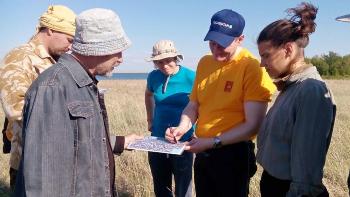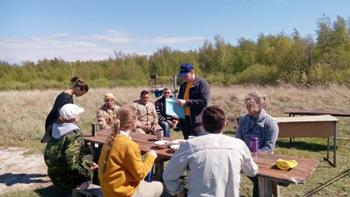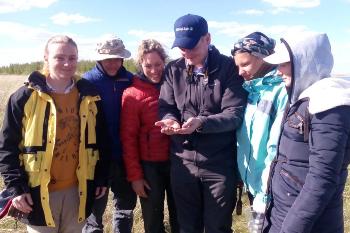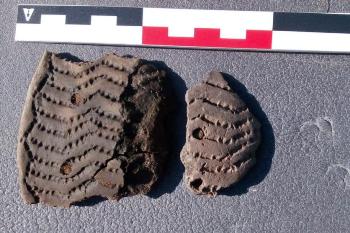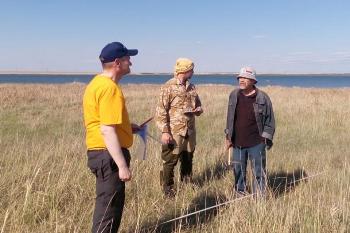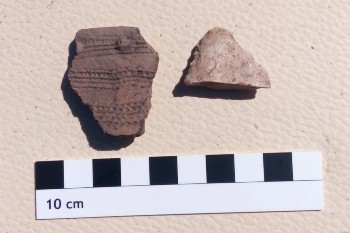The archaeological expedition of S. Toraighyrov Pavlodar State University began its work in the settlement of Borly in Akkulinsky district.
Borly settlement is a unique monument, having studied which, we can learn a lot about cattle-breeders who lived in this region of the Middle Neolithic Age (VI-V millennium BC). Findings let you know exactly how and when horses and cows were domesticated. The cultural layer of the monument contains a large number of bones, ceramics, stone and bone objects, including both utilitarian things and samples of ancient art.
To check the results of geophysical research, a group of experts under the supervision of Professor of Archeozoology of the University of Exeter (UK) Alan Outram came to Borly. In the course of the work carried out, remains of cultural layer containing stone tools, ceramics and many animal bones were revealed. The remains of the structures were fixed. On May 31 a group of scientists went to North Kazakhstan to the Botai settlement.
As the director of the joint archaeological research center named after A.Kh. Margulan, Candidate of Historical Sciences Viktor Mertz, explained, the group’s task is to link the structures that were found in Botai and Borla to find their similarities and differences. Archaeologists take samples for isotopic analysis, some of the bones will be used for genetic analysis, in particular horse bones.
“It is important to find the links preceding the appearance of the Botai horse or the earlier form of the Botai horse by age, as well as the subsequent intermediate from the Botai to Sintashta species, which is the ancestor of modern horses. Such a task is set by our international group, and the results of research will be published in scientific journals”, V. Mertz said.







